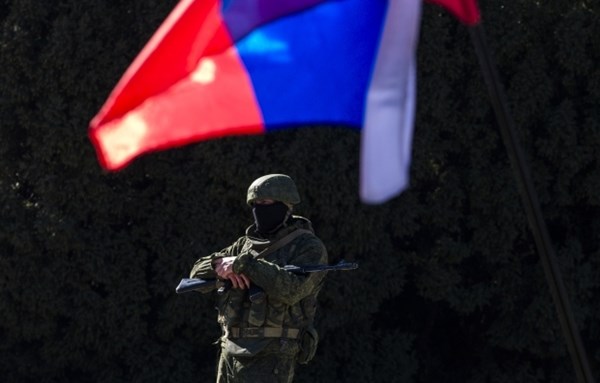Russian troops edge closer to encircling Vuhledar
Last week marked a significant downturn in the situation near Vuhledar as Ukraine's 58th Independent Motorized Brigade retreated from Prechystivka to "better positions." This movement has enabled Russian forces to advance on three fronts, heightening the risk of operational encirclement of the entire Ukrainian defense grouping in this area.
Russian sources claim a breakthrough between Prechystivka and Pavlivka, crossing the Kashlahach River, worsening the situation for Ukrainian forces in the Vuhledar region. Reports have even surfaced about the potential encirclement of Ukrainian troops here.
Russian propagandists have circulated footage purporting to show assaults on Ukrainian positions around Vuhledar, with claims of capturing the "Yuzhnodonbasskaya No. 3" mine. Assertions have also been made that Russian forces have successfully cut off supply routes and taken key heights and roads near the city.
Meanwhile, several pro-Russian Telegram channels have criticized command for prematurely declaring victories, sharing a stark contrast with ground realities.
The Ukrainian General Staff hasn't reported a significant Russian breakthrough near Vuhledar, merely mentioning "three skirmishes in the Vuhledar area" as of their September 22 update.
More detailed insights come from the monitoring resource DeepState. On September 22, they mapped out the suspected Russian assault trajectories near Vuhledar, signifying attempts by Russian forces to envelop Ukrainian positions.
Russian troops are advancing north from Prechystivka—where the 58th Brigade repositioned north-eastward, seeking to flank Ukrainian defenses. Additional movement has been noticed from Mykolske and north of Vodyane toward Bohoyavlinka, further tightening the right flank around Vuhledar.
By late last week, the situation for Ukrainian troops had noticeably deteriorated, partly due to the strained conditions within the 72nd Mechanized Brigade defending Donetsk near Vuhledar. Over the past few days, problems have compounded, necessitating auxiliary reserves which couldn't withstand the Russian offensive, thus widening the defense perimeter.
One crucial development was the dismissal of unit commander Ivan Vynnyk of operational command "North"—a move criticized by MP Maryana Bezuhla, who alleged that it aimed to "compromise unit combat readiness."
Colonel Vladyslav Seleznov acknowledged that substantial Russian resources had been deployed across key fronts, aiming to gain as much territorial control ahead of potential U.S. policy shifts post-elections.
Analyst Oleksandr Kovalenko articulated the tactical challenges following the loss of control over route O-0532 between Vuhledar and Kostiantynivka, predicting a northern flare-up to envelop Vuhledar from multiple directions.
Western observers, including Financial Times, echo dire projections that Vuhledar may soon fall to Russian forces, inadvertently referencing the increased operational stress the situation has brought.
Military analyst Konstantin Mashovets suggests that Ukrainian forces may need to prepare for potential withdrawals from surrounding areas like Selidove, Toretsk, and more, given recent escalations.
If the Ukrainian defense at Vuhledar crumbles, logistical challenges could escalate by losing key supply routes. This might compel military leadership to either bolster city defenses with fresh reserves—complicated further by impending autumn— or launch a counter-offensive to disrupt Russian advances more effectively.
Without Vuhledar, Ukraine's capability to target pivotal Russian supply hubs via artillery would be diminished, complicating defense strategies further.
The potential Russian gain of Vuhledar would streamline their communications along the northern Azov Sea coast, potentially paving the way for renewed offensives toward Pokrovsk.
